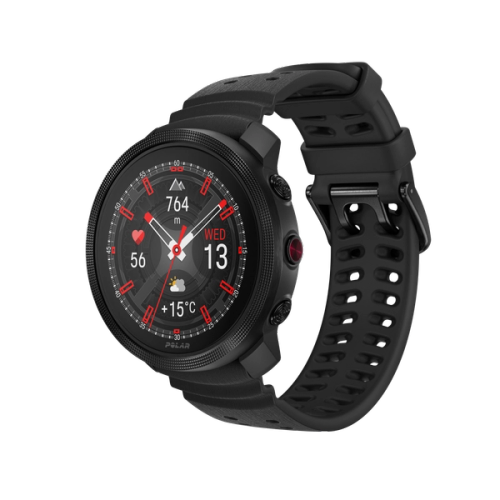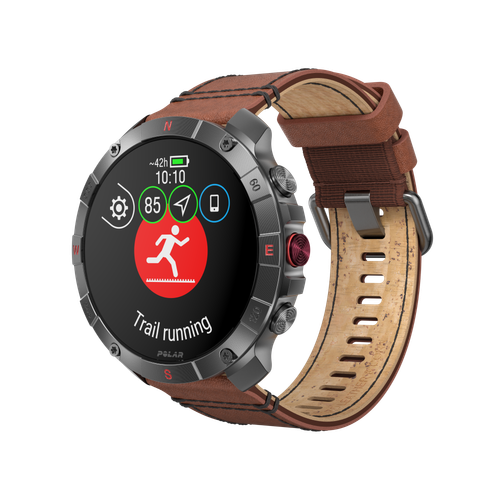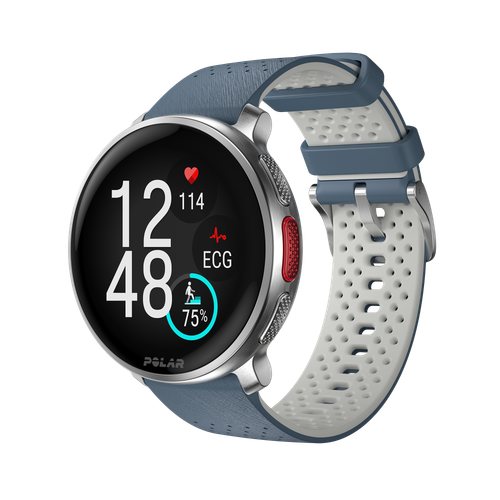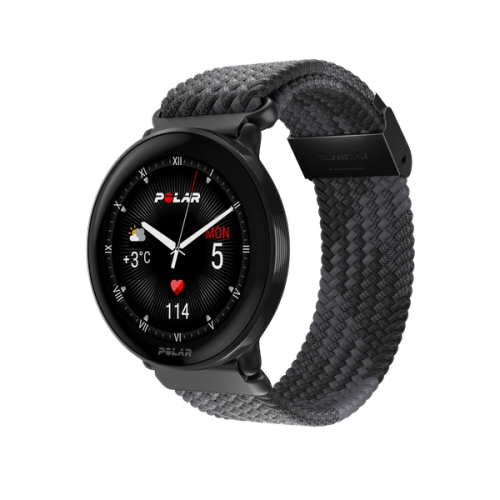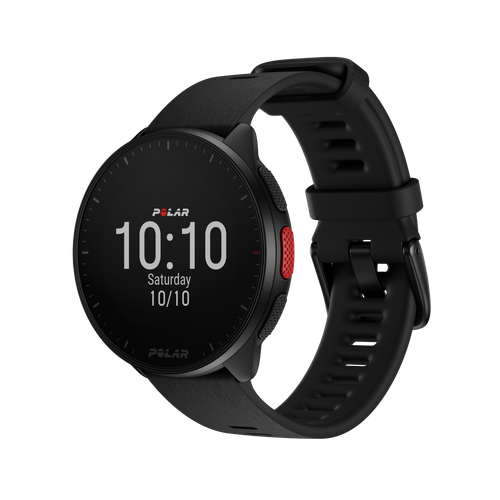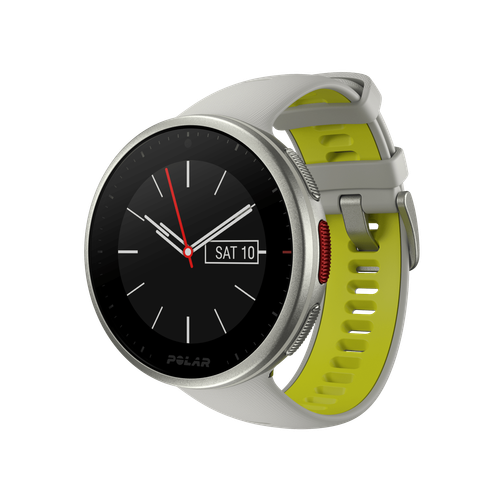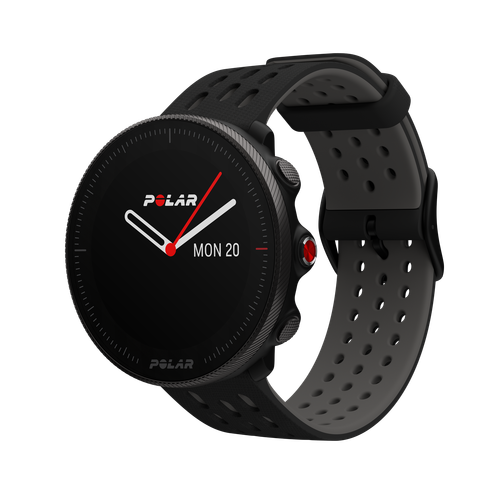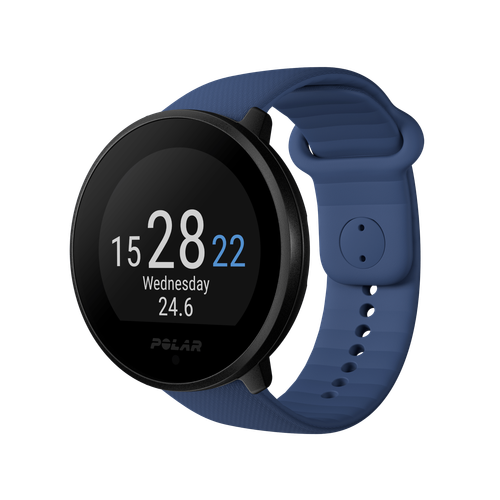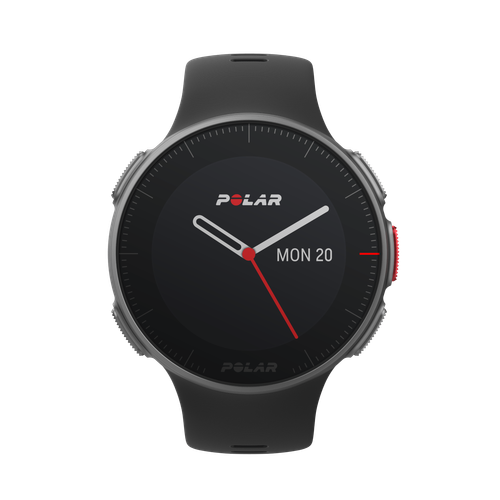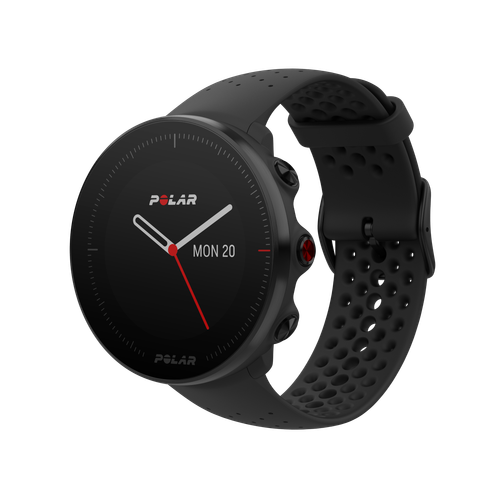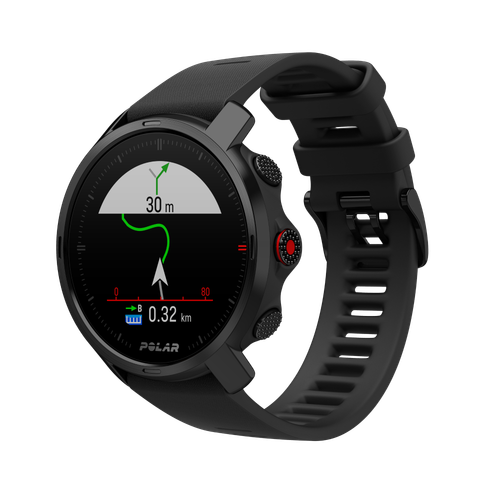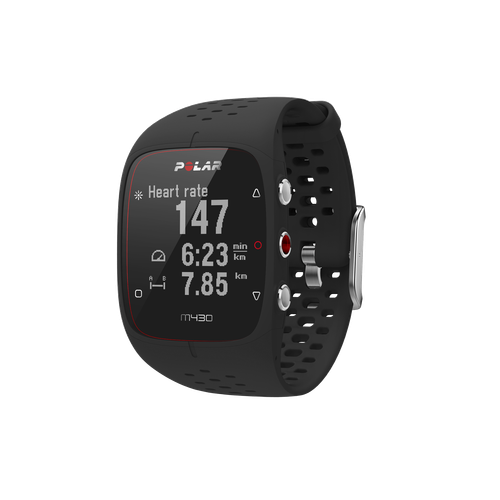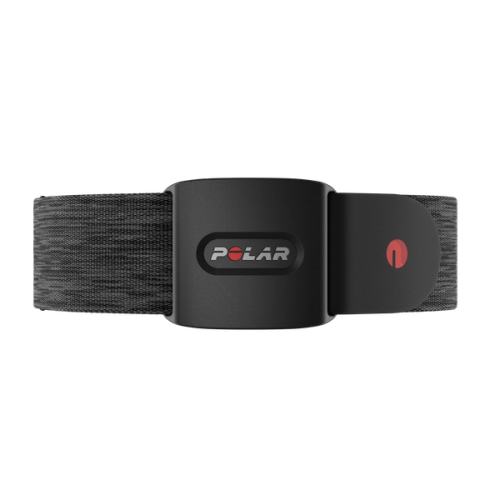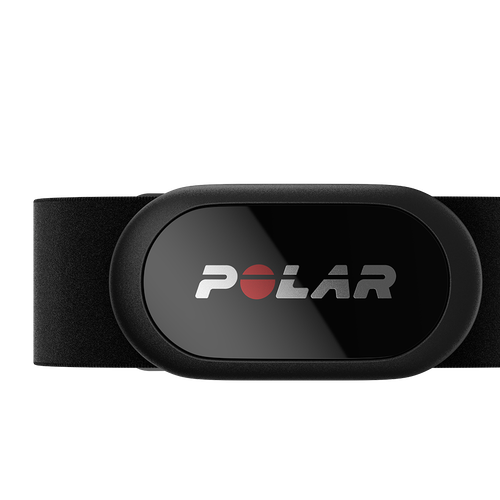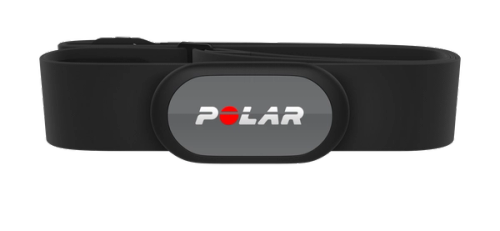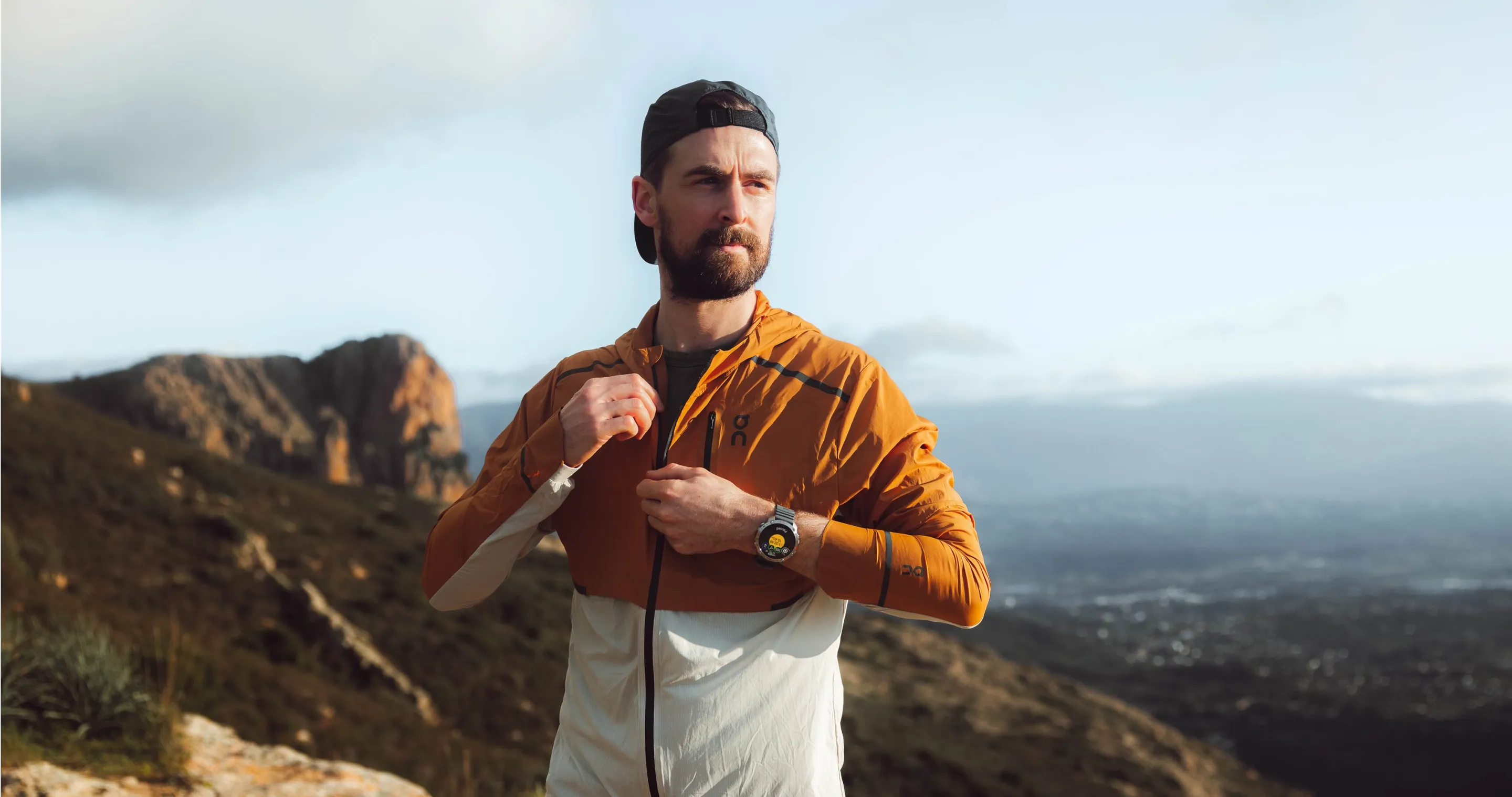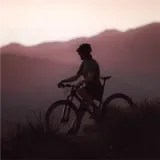What can you ask someone who has just run more than 3000km in one month? I guess the first question is obvious: how are the legs?
“Good. I’ve gone for a few short runs, around 10k. I feel slow and tired, but it’s nice to be running,” ultrarunner and Polar Ambassador Karel Sabbe replies from his home in Belgium after another day at his dental practice, his day job.
But of course, he’s already running.
For most of the past decade, Karel Sabbe has been out there—putting one foot in front of the other, day after day, chasing speed records in some of the most famous trails around the globe. What started as a passion quickly turned into something far bigger: a relentless pursuit of the impossible. Along the way, he’s carved his name into the ultrarunning world, setting multiple FKTs (fastest known times) on some of the planet’s toughest trails and etching himself into legend as the 17th ever finisher of the infamous Barkley Marathons—a race so brutal that only a handful of runners have finished it in nearly four decades.
For 2025, Sabbe had set a big goal: to travel the Te Araroa trail in New Zealand faster than anyone else before. For that, the challenge was to run 1,898 miles (3,054-kilometer) in no much longer than one month. The previous record, set by George Henderson in the summer of 2020, stood at 49 days, 14 hours, and 27 minutes.
Karel Sabbe is no stranger to month-long odysseys that push the limits of body and mind. In 2023, he took on one of the most iconic long-distance trails on Earth—the Pacific Crest Trail—and didn’t just complete it, he flew through it. Spanning over 4,200 kilometers from Mexico to Canada, the PCT winds through scorching deserts, alpine wilderness, and endless mountain passes. Most thru-hikers take months to finish it. Karel did it in just 46 days, 12 hours, and 50 minutes—setting a new FKT and redefining what’s humanly possible on the trail. It wasn’t just a run; it was a masterclass in resilience, planning, and grit.
This time, New Zealand threw an entirely different kind of challenge—an incredible adventure that would take him back to the place that ignited his love for extreme distances. Stretching the entire length of the country, the Te Araroa Trail showcases New Zealand in all its raw beauty and dishes out everything Mother Nature (and modern life) can throw at a runner: rugged mountain passes, deep river crossings, rugged mountain ranges, dense forests, open farmland, and even bustling city streets.
Home away from home
As far from home as it may be, New Zealand holds a special place in Karel Sabbe’s heart. It was nearly a decade ago when he first landed there—not to chase records, but to step away from the noise of everyday life in Belgium. After finishing university he needed space, both physically and mentally. So he packed his bags and spent six months hiking, exploring, and wandering through New Zealand’s wild landscapes, searching for clarity about what to do next.
What he found was more than just stunning views and quiet trails—he discovered the healing power of adventure. Long-distance hiking and running, nature and camping became something fixed in his life. The raw beauty of the country left such a deep mark on him, and it wasn’t long after returning home that he felt the pull to go back. That second trip? That’s when he truly fell in love with ultra distances. New Zealand didn’t just offer him peace—it helped shape the runner he would become.
He returned in 2015 to race the iconic Coast to Coast—New Zealand’s legendary multisport challenge where competitors bike, run, and kayak their way across the width of the country in a single push. His two trips to New Zealand really changed his life.
Once Sabbe evolved into an ultrarunning beast, chasing an FKT in New Zealand felt like a natural next step in his journey. Ever since 2019, the idea of running the entire Te Araroa Trail had been in the works. But life had other plans. Between other commitments and a global pandemic, the adventure kept getting pushed back. Year after year, the trail called—but he had to wait. Until now.
“There’s no other country where I’ve spent more time—almost a full year in total. So arriving back in Auckland felt like coming home”, says Sabbe. “It’s a place that still means a lot to me. I first went there for six months during that period in life when we are all very open-minded, trying to figure out what I wanted to do. And New Zealand helped offer some answers to those questions”.
But when Saabe and his crew touched down in New Zealand, there was no time for nostalgia—no space for looking back. The clock was already ticking. With a packed schedule and a massive challenge ahead, their focus snapped straight to the task at hand: run, recover, repeat. The plan was simple but brutal—cover as much ground as possible from dawn to dusk, aiming for nearly 100 kilometers a day. Every moment counted.

Sabbe felt confident and ready. In the months leading up to the attempt, he’d followed his usual training cycle—mixing different paces with high-volume mileage to prepare his body for the challenge ahead.
“I always include some speed work and interval training a few months before a record attempt,” he explains. “I start with the highest intensity first—like VO₂ max intervals, really short bursts—and then move into threshold training, followed by steady-state runs and endurance work. The volume builds as the adventure gets closer.”
Contrary to what many might think, speed work still plays a crucial role—even when you’re preparing for extreme distances that demand incredible endurance. “Speed work is key because it raises the ceiling of my endurance. Without it, I’d plateau.”
Sabbe’s entire training plan leaves little to chance. “I’m not a professional runner, so I have to be really efficient with my training,” he says. “That’s why tracking my heart rate during interval sessions is so important—it helps me get the most out of every workout.”
The adventure begins
With rested legs and a clear mind, Sabbe set off at 5 a.m. on January 16 , from the northern tip of New Zealand. Ahead of him stretched the full length of the Te Araroa Trail: 1,898-mile (3,054-kilometer). His finish line? A lonely signpost at Stirling Point, perched on the southernmost edge of the South Island. A long way to go.
Since this was a supported FKT attempt, Karel had a five-person crew handling all the logistics—pacing him on the trail, keeping him on schedule, setting up camp, and even reminding him when to eat, drink, and refuel. Just like in some of his past adventures, his crew was made up of a small, trusted circle of friends and family. It was a tight-knit team—reliable, supportive, and all in. A true family affair—traveling together in a bright yellow van packed with high-carb snacks, dozens of toilet paper rolls, and an outrageous number of running shoes.
“For my crew, it was their first time in New Zealand, so I was proud to show them around and share a place that means so much to me,” Sabbe remembers. “The start of the trail is magical—it kicks off with an 80-kilometer stretch along the beach. It’s beautiful to run by the ocean, but there’s not a lot to look at, which actually helped me focus on the challenge ahead. I was just happy to be out there again, on another adventure.”

As the miles rolled on, the endless beach gave way to damp, shadowy forests. Rivers and streams cut across the path, demanding careful crossings. Fog draped the hills in the early mornings, and the first signs of fatigue (and the blisters) began to creep in. “You always end up with some blisters when you run or hike in New Zealand,” Sabbe explains. “There are so many muddy sections, so many stream crossings—your feet are wet almost all the time.”
After 10 days on the trail and more than 600 miles (1,000 kilometers) behind him, the physical toll began to show. “Fatigue appears early. After a week of running over 100 kilometers a day, you’re completely exhausted,” Sabbe admits. “You’re in pain, but it’s not sharp pain, so you keep going.”
Not alone
“What is this crazy Belgian doing around here?” more than one local must have wondered as they crossed paths with Sabbe. But curiosity quickly turned into admiration, and before long, word began to spread.
Locals welcomed Karel and his crew with open arms, offering everything from places to stay and hot showers to homemade pies, cookies, and cakes—anything to help him refuel and keep going.
“That was amazing,” the Sabbe says, still a bit in awe. “I never thought it would be like this. Thousands of people were following the tracker and came out to the trail to show their support. Locals were always there to cheer me on or run a section with me. When I passed through villages, there were kids holding up signs in every color saying, ‘Go Karel!’ Others even reached out to the crew, saying, ‘According to your average pace, you’ll be near our house tonight—please come stay with us! Pitch your tent in the garden, or we’ve got extra rooms ready.’”
It was unexpected, heartwarming, and deeply motivating. What began as a solo mission quickly turned into a shared journey.
One young supporter, however, stayed in Sabbe’s mind throughout his journey. His name was Charlie, and while he could only communicate with his father, he closely followed Sabbe’s progress.
“Charlie is in a wheelchair, so one day, just before a trailhead, his father carried him on his back and together they ran with me for a bit,” Sabbe recalls. “They told me that every evening at 7:30, when I’d usually stop, Charlie and his dad would check my tracker. They kept a spreadsheet with my stats, and Charlie was so excited to follow my progress and meet me. It was heartwarming to see how much it meant to him—and honestly, I thought about Charlie often in the days that followed, all the way to the finish.”
Seeing how Charlie and his dad embraced life so fully, despite the limitations they faced, was tremendously inspiring—even for someone running the entire length of New Zealand.

Into the unknown
After crossing over to the South Island, Sabbe’s journey entered a new phase. The trail grew more remote, the silence deeper, and the sense of isolation more intense. While weather conditions were good and most parts of the trail were very runnable, fatigue was a constant companion now, and blisters became part of the daily routine. Some sections were also tough and completing 35kms could take ten hours.
By that point, running becomes more of a mental game than a physical challenge—and it’s a game Sabbe has come to love. “It’s part of my strength,” he says. “Over the years, I’ve learned that I can keep pushing, even when I’m exhausted and in pain.”
“I really embraced the opportunity,” Karel says. “It’s not often I get to take on challenges like this—I’ve only done five in my entire ultrarunning career. So I tell myself I have just one month to run like this, and that gives me the strength to dig deep and explore my mental limits in a way I just can’t during everyday life.”
The chase for the speed record added another layer of pressure. Sabbe wasn’t just out to finish the trail—he was determined to set a record that would stand for years. The schedule was ruthless, leaving little time for rest, let alone relaxation. There was no room for leisurely detours or extended breaks.
“I only have one month to do this,” he says. “That creates some tough moments. For my son’s birthday, we scheduled just a five-minute break. That was heartbreaking.”
Heading into the run, Sabbe was confident he could set a new FKT. While it was impressive, the previous record left some room to push the limits. It was a five-year old record and much has changed in the world of endurance.
Early on, he found himself well ahead of pace. “I knew the trail pretty well, and I figured if I pushed hard, I could average around 100 kilometers a day,” Sabbe says. “So right from the start, I was already significantly ahead of the existing record.”
But that confidence didn’t ease the pressure—if anything, it made it heavier. Sabbe wasn’t just chasing the record; he was determined to crush it. When your mind spends 16 hours a day locked into a single thought—hurry, keep running, don’t fall behind—it’s no surprise it follows you into the night. “It doesn’t really give you the rest you desperately look forward to,” Sabbe admits. “Even sleep becomes part of the struggle. By the second or third night, the stress started creeping into my sleep. I began having these vivid nightmares—missing meetups with friends, losing the trail, getting completely lost. Once, I dreamt I reached a river and the kayak that was supposed to be there... wasn’t.”
The pain, the pressure, the endless grind—all of it came to a halt the moment Sabbe touched the signpost at Stirling Point. That single touch marked the end of an extraordinary journey: 3,054 kilometers across the length of New Zealand, completed in 31 days, 19 hours, and 41 minutes. It had all started in the still-dark hours of a North Island morning. Now, a full month later, he stood at the southernmost tip of the South Island—exhausted, elated, and utterly spent.
His body bore the scars of the effort, but his spirit was soaring. This wasn’t just a finish line. It was the culmination of years of dreaming, months of training, and thousands of moments where he chose to keep going.
Mission accomplished.

Fueled by adventure
For Karel Sabbe, chasing an FKT is never just about racing the clock—it’s about stepping into the unknown. It's about adventure. And for him, adventure isn’t a buzzword—it’s something deeply personal. Something he needs. He craves for the experiences that shake you out of routine and forces you to live fully in the moment.
“My day-to-day life is very structured,” he says. “At work, I know exactly what’s coming—I see this patient from 9:00 to 10:00, then another from 10:00 to 10:30. Everything is planned. But adventure… that’s the opposite. That’s going into a forest you’ve never seen before, walking into a storm, not knowing what’s coming next—and smiling because of it.”
For him, adventure lives in the unknown. It’s camping in unfamiliar places. It’s river crossings and fog-covered ridgelines where cliffs lurk just beyond the mist. It’s being just uncertain enough to feel alive.
“That’s where I get inspired,” he says. “That’s where I get my best ideas. When I’m out there, doing something hard and unpredictable, I figure things out I never would back home. That’s adventure to me.”
He respects the athleticism of runners who chase 24-hour records on a track or log endless loops on controlled courses—but that’s not where his heart is. “That's not adventure,” he says. “It’s impressive, for sure. But for me, the real magic happens when you're out there crossing rivers, climbing unknown passes, and dealing with whatever nature throws at you. That’s what keeps me coming back.”
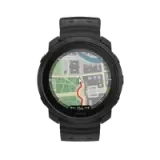 Polar Vantage M3
New
Polar Vantage M3
New
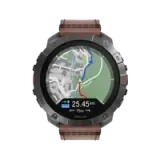 Polar Grit X2 Pro Titan
New
Polar Grit X2 Pro Titan
New
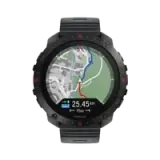 Polar Grit X2 Pro
New
Polar Grit X2 Pro
New
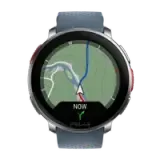 Polar Vantage V3
Polar Vantage V3
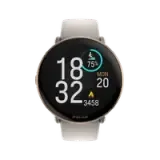 Polar Ignite 3
Polar Ignite 3
 Polar Ignite 3 Braided Yarn
New
Polar Ignite 3 Braided Yarn
New
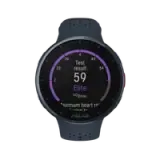 Polar Pacer Pro
Polar Pacer Pro
 Polar Pacer
Polar Pacer
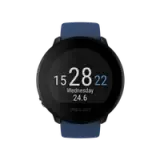 Polar Unite
Grit X Series
Vantage Series
Pacer Series
Ignite Series
Polar Unite
Grit X Series
Vantage Series
Pacer Series
Ignite Series








